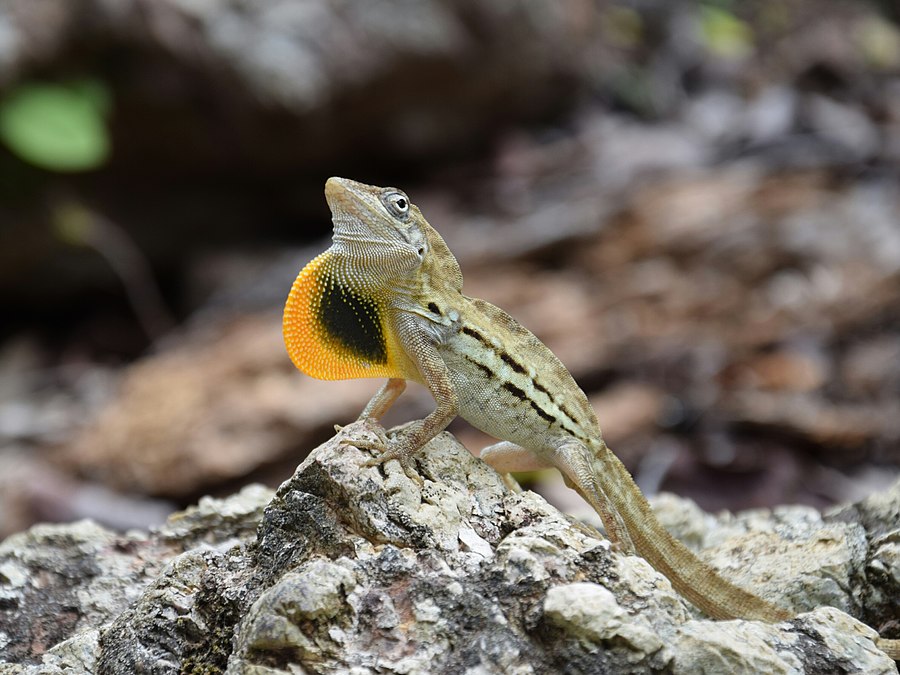Facts About Anolis
Anolis lizards are a captivating group of reptiles within the family Dactyloidae, native to the Americas. With over 425 species, Anolis represents the most diverse genus of amniote tetrapods globally. However, recent research suggests that many of these species may be reclassified into other genera, potentially leaving only about 45 species classified under Anolis. Initially, Anolis was categorized under the family Polychrotidae but has since been reclassified to Dactyloidae.
The taxonomy of Anolis is intricate and includes various subgroups or clades. Scientists continue to debate whether these clades should be recognized as subgenera within Anolis or as entirely separate genera. Should they be treated as separate genera, only about 45 species would remain within Anolis, while others would be reassigned to genera such as Audantia, Chamaelinorops, Ctenonotus, Dactyloa, Deiroptyx, Norops, and Xiphosurus. Notably, the Carolina anole (Anolis carolinensis) was the first reptile to have its complete genome sequenced in 2011.
Anolis lizards are renowned for their adaptive radiation and convergent evolution. Different populations have evolved to occupy various ecological niches, resulting in significant morphological changes based on their habitats. This evolutionary pattern is strikingly consistent across diverse islands, illustrating predictable evolutionary outcomes driven by environmental factors. Anolis lizards colonized the Greater Antillean Islands around 50 million years ago, evolving into distinct body types tailored to specific tree niches, known as ecomorphs.
One intriguing aspect of Anolis lizards is their dewlap coloration. Species with dewlaps that match the expected color of their ventral surface are less likely to fall prey to predators. This genus continues to be a rich subject of research, offering valuable insights into the evolution and diversity of these fascinating reptiles.
